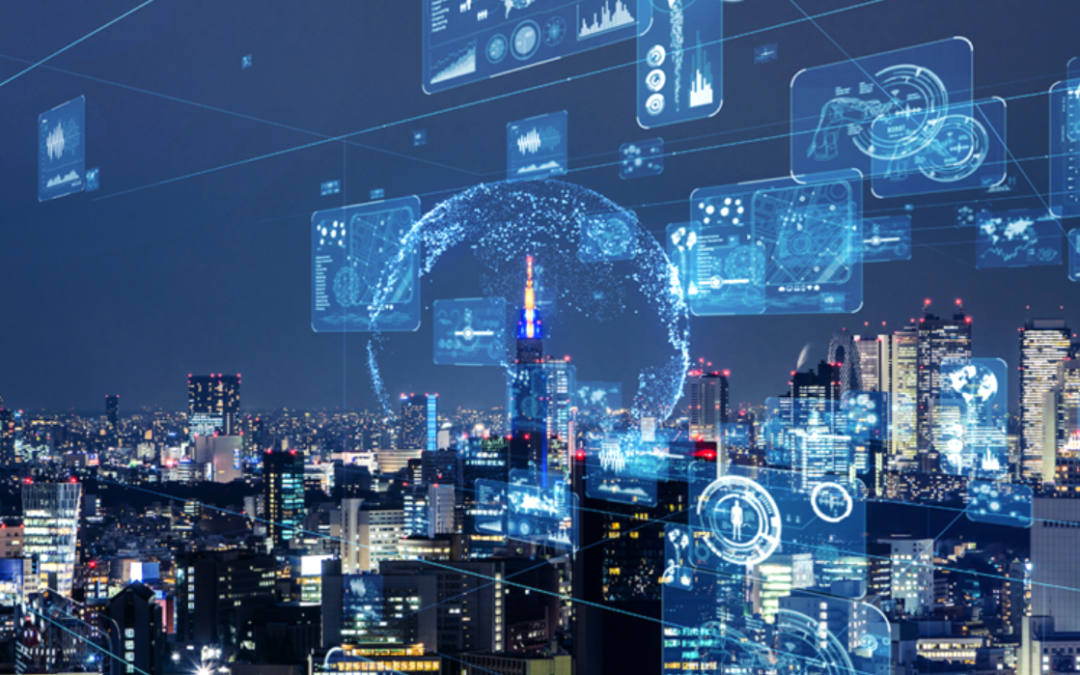Today smart cities leverage various technologies, such as the Internet of Things (IoT), artificial intelligence (AI), and data analytics, to connect and integrate different urban systems and services, such as transportation, energy, healthcare, and public safety. Why Digital Twins, What technical components to pay attention to and Where to start?
Digital Twins in Smart Cities Increase Resilience and Enhance Sustainability
Digital twins can help stakeholders make more informed decisions about how to design and manage the city, ultimately leading to better outcomes. Improving efficiency, digital twin can optimize the use of city resources, such as energy, water, and transportation, by simulating different scenarios and testing different strategies, city managers can identify the most efficient ways to use these resources. Also simulate emergency scenarios and test response plans, helping city managers prepare for disasters and respond more effectively to emergencies, and identify areas where they can reduce their environmental impact and become more sustainable.
The utilization of digital twins in Smart Cities will save money in the long run by optimizing operations and reducing energy consumption. The benefits are significant and can help cities become more efficient, resilient, and sustainable, while also improving the quality of life for their citizens.
Smart Cities & Digital Twin Applications
Providing a comprehensive and dynamic tool “Digital Twin” for city planning and management helps improve cities’ livability, sustainability, and resilience. Here are some specific examples of smart cities’ digital twin applications:
Urban Planning: Digital twins can be used to create 3D models of cities and simulate how changes to buildings, transportation infrastructure, and public spaces will impact the overall city. This can help urban planners make more informed decisions about how to design and develop the city.
Energy Management: Digital twins can be used to simulate the energy usage of buildings and city infrastructure. This can help city managers optimize energy consumption, reduce waste, and lower costs.
Traffic Management: Digital twins can be used to simulate traffic patterns and optimize traffic flow in real time. This can help reduce congestion, improve public transportation, and make streets safer for pedestrians and cyclists.
Emergency Response: Digital twins can be used to simulate emergency scenarios and test the effectiveness of response plans. This can help first responders and emergency management personnel prepare for disasters and respond more effectively to emergencies.
Technical Components
Just like any Digital Twin application, critical technical components need to be present in the Digital Twin to yield value to stakeholders in Smart Cities. The following are foundational technical capabilities:
Visualization: With a visual representation of real-time data, it allows multiple stakeholders to have a common understanding of the city and its various components, which facilitates collaboration and communication and strengthen informed decision-making.
Simulations: to harness the power of data and test scenarios before they occur. Here is where AI and Data Analytics are put into play in a Digital Twin to allow stakeholders simulate different scenarios and test the effectiveness of different solutions before implementing them in the real world. This can help stakeholders identify the most effective solution and collaborate on their implementation.
Data Sharing: Digital Twins must have the foundational capability to ingest and integrate data from different sources, including sensors, IoT devices, and other data streams, which can be accessed and shared by multiple stakeholders. Data is the life of any digital twin and creating a data-sharing and collaboration platform is a key component in the technical stack of a smart city digital twin.
Stakeholder Engagement: Consumers often focus on the technology and forget why we are doing this in the first place. Facilitating stakeholder engagement in cities are key for success. Digital Twins can facilitate engagement by providing a platform for citizens, government agencies, private organizations, and academic institutions to collaborate on Smart City development. This can help to ensure that all stakeholders have a voice in the development process and can contribute to the success of the city.
Where to start ?
The digital twin is not a product or service on its own, but rather a technology platform that enables the development of series of products and services that support Smart City development. It is a combination of solutions and services to implement, integrate, govern data sources and develop tailored use cases for simulation.
At Thynkli, we design, build and operate your Digital Twin from architecture and implementation to managed services. Thynkli implements fit-for-purpose Digital Twins using a combination of various technologies to avoid vendor lock and build organizational data capabilities for scalability. Contact us to learn more!

